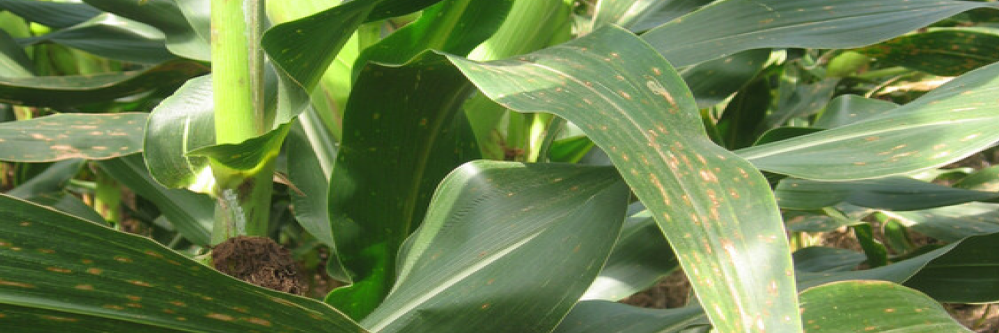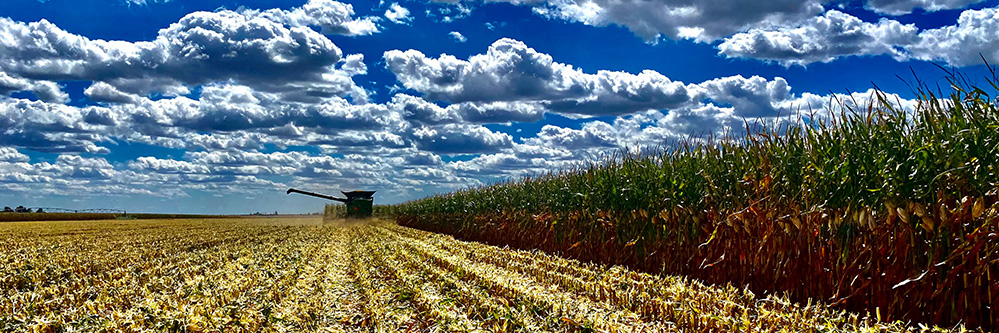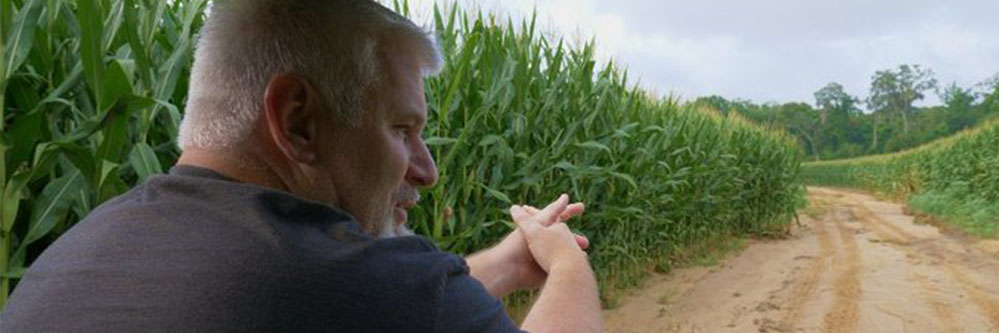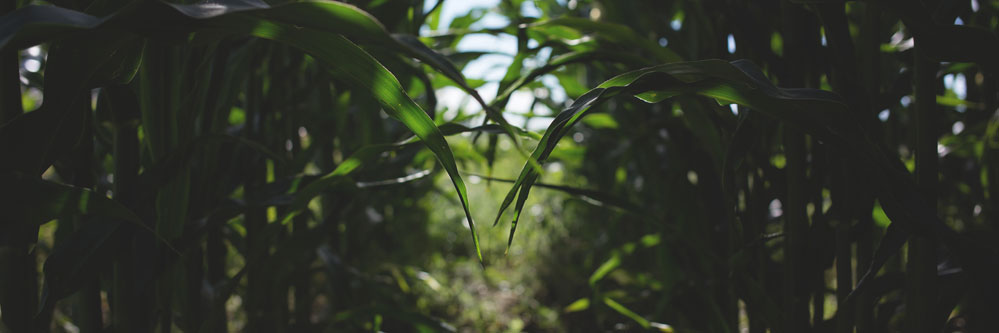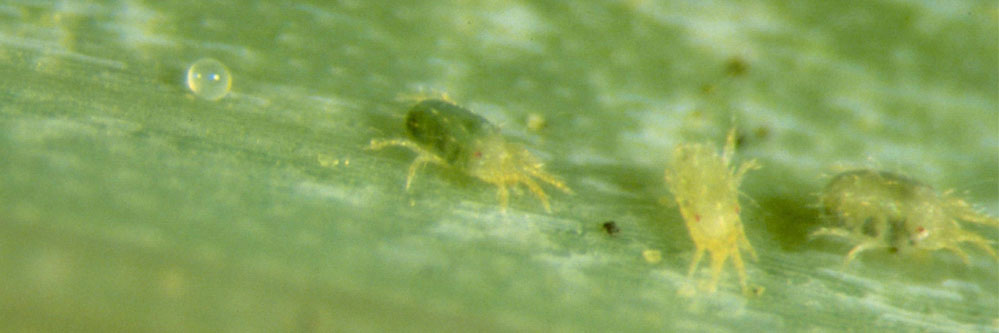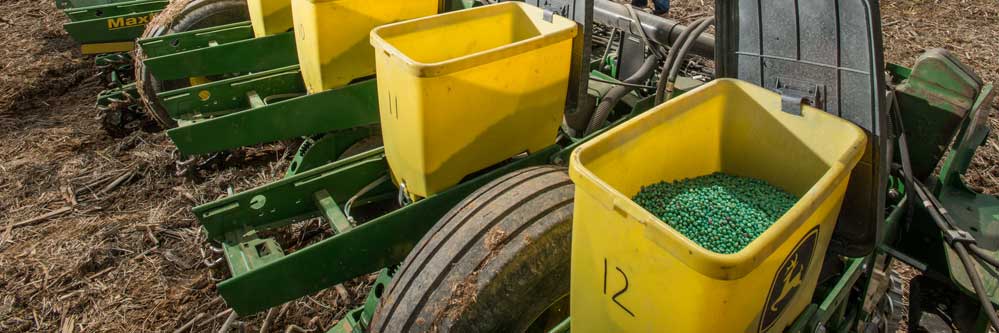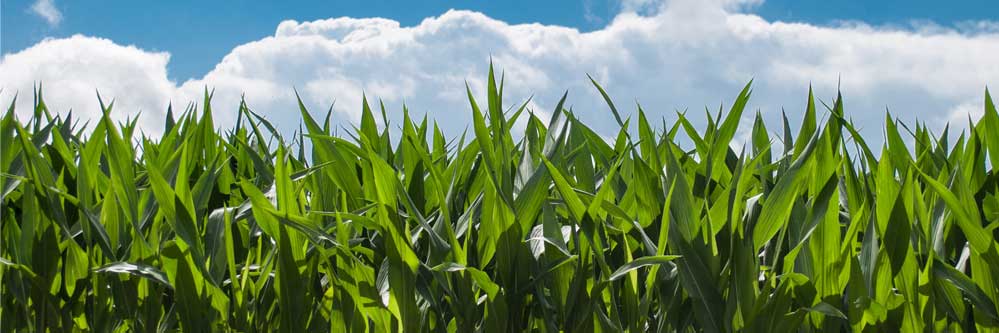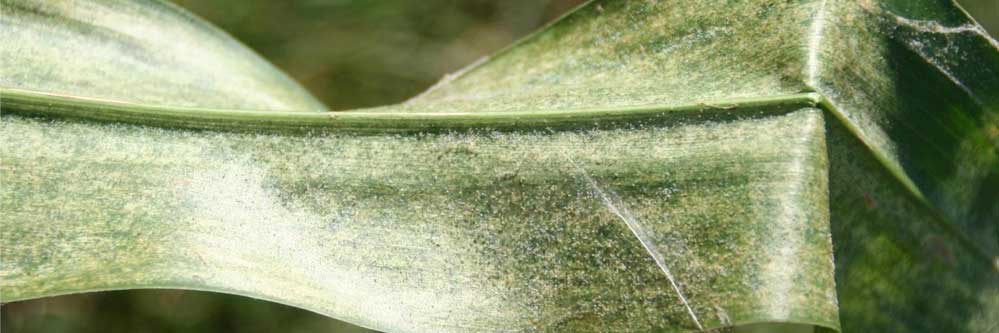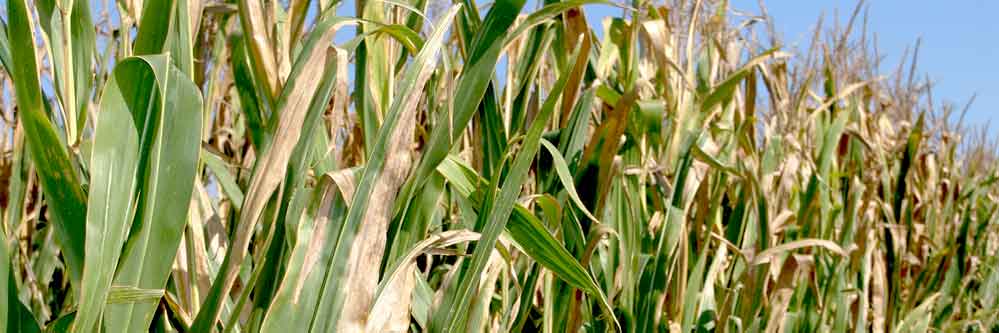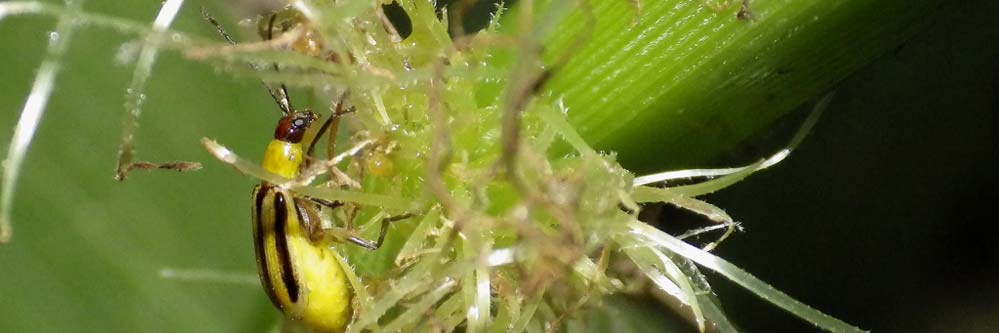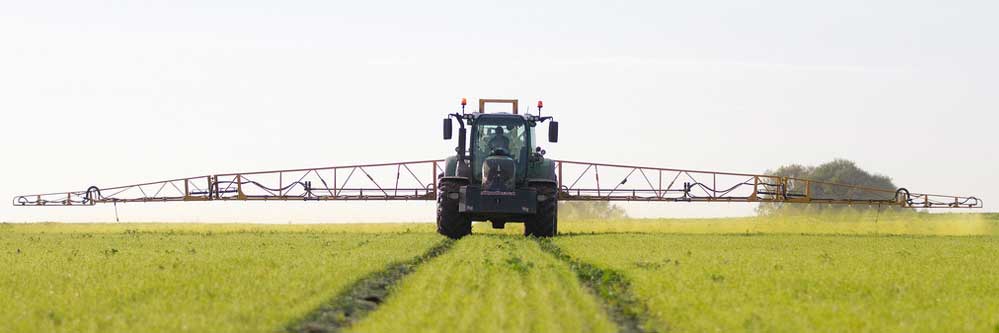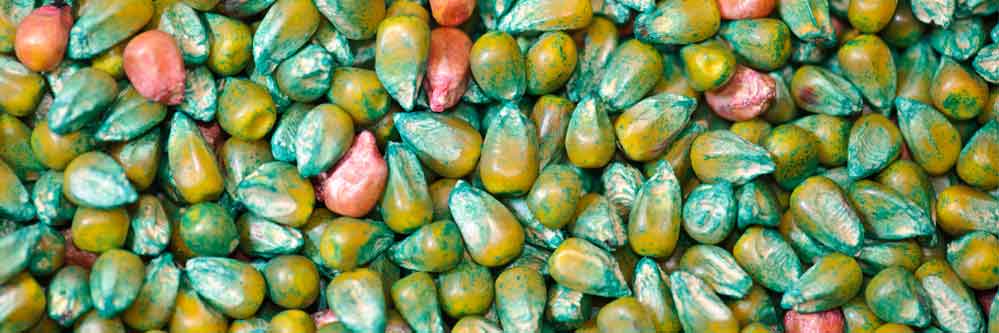Gray Leaf Spot in Corn
Gray Leaf Spot (GLS) is a fungal disease that can cause significant yield loss in corn when conditions are right. This disease develops rapidly under warm and humid conditions. GLS is more prevalent in the Midwest and the Eastern portions of the U.S., but it has established itself in the drier High Plains where, under [...]
